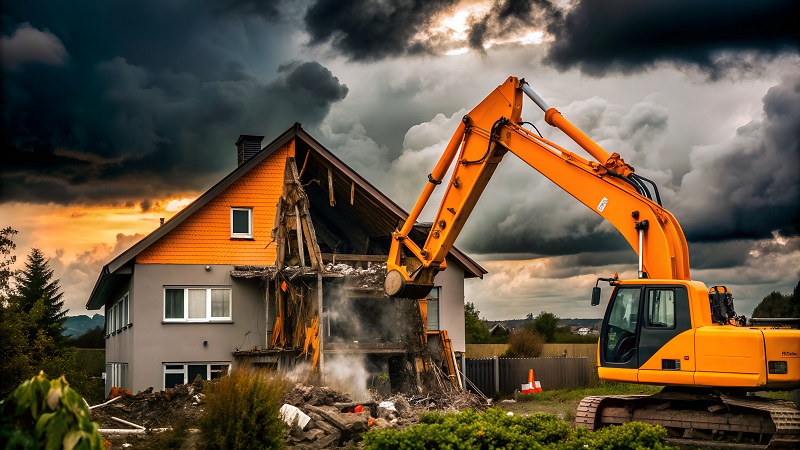Safe and Effective Structure Removal: Best Practices in Demolition

Demolition, the controlled dismantling of structures, requires meticulous planning and execution to ensure safety and efficiency. Whether clearing space for redevelopment or removing unsafe buildings, adhering to best practices minimizes risks to workers, the public, and the environment. Here’s a comprehensive guide to executing demolition projects safely and effectively.
1. Site Assessment and Planning
Before any demolition begins, conduct a thorough site assessment. Identify potential hazards such as asbestos, lead paint, or unstable structures. Obtain necessary permits and conduct environmental assessments to comply with local regulations. Develop a detailed demolition plan outlining methods, safety protocols, and waste disposal strategies.
2. Engage Qualified Professionals
Hire experienced demolition contractors like PNW Demolition who possess the expertise and equipment necessary for the job. Ensure they are licensed, insured, and adhere to safety standards such as OSHA (Occupational Safety and Health Administration) regulations. Experienced professionals prioritize safety and employ techniques to minimize noise, dust, and disruption to surrounding areas.
3. Selective Demolition Techniques
Utilize selective demolition techniques to preserve salvageable materials and reduce waste. Sequential dismantling of structures, starting from the top down, minimizes the impact on adjacent buildings and infrastructure. Employ cutting-edge equipment like high-reach excavators and cranes to safely dismantle tall or complex structures.
4. Environmental Considerations
Mitigate environmental impact by controlling dust, noise, and debris during demolition activities. Use water spray systems and barriers to suppress dust emissions. Properly handle hazardous materials like asbestos and lead through certified abatement procedures. Implement recycling and waste management practices to divert materials from landfills.
5. Safety Measures and Personal Protective Equipment (PPE)
Implement stringent safety measures throughout the demolition process. Provide workers with appropriate PPE including hard hats, gloves, eye protection, and respiratory masks. Secure the site with fencing, signage, and barricades to prevent unauthorized access and ensure public safety. Conduct regular safety inspections and emergency drills.
6. Debris Management and Recycling
Develop a debris management plan to handle and dispose of demolition waste responsibly. Sort materials onsite for recycling or salvageable items such as metals, concrete, and wood. Partner with recycling facilities to minimize landfill disposal and maximize resource recovery. Comply with local regulations for waste transport and disposal.
7. Community Engagement and Communication
Engage with the local community to address concerns and communicate project timelines and safety measures. Provide advance notice of demolition activities to nearby residents and businesses. Establish a communication protocol for addressing inquiries and emergencies promptly. Foster transparency throughout the project lifecycle.
8. Post-Demolition
After demolition is complete, prioritize site restoration to prepare for future development or landscaping. Clear debris thoroughly, backfill excavated areas and stabilize soils to prevent erosion. Conduct environmental monitoring and remediation as needed to restore site integrity and ensure compliance with regulatory requirements.
Demolition done right hinges on meticulous planning, adherence to safety protocols, and environmental stewardship. By engaging qualified professionals, implementing selective demolition techniques, and prioritizing safety and sustainability, demolition projects can proceed smoothly and responsibly. These best practices not only safeguard workers and the community but also pave the way for new construction and revitalization efforts with minimal environmental impact.